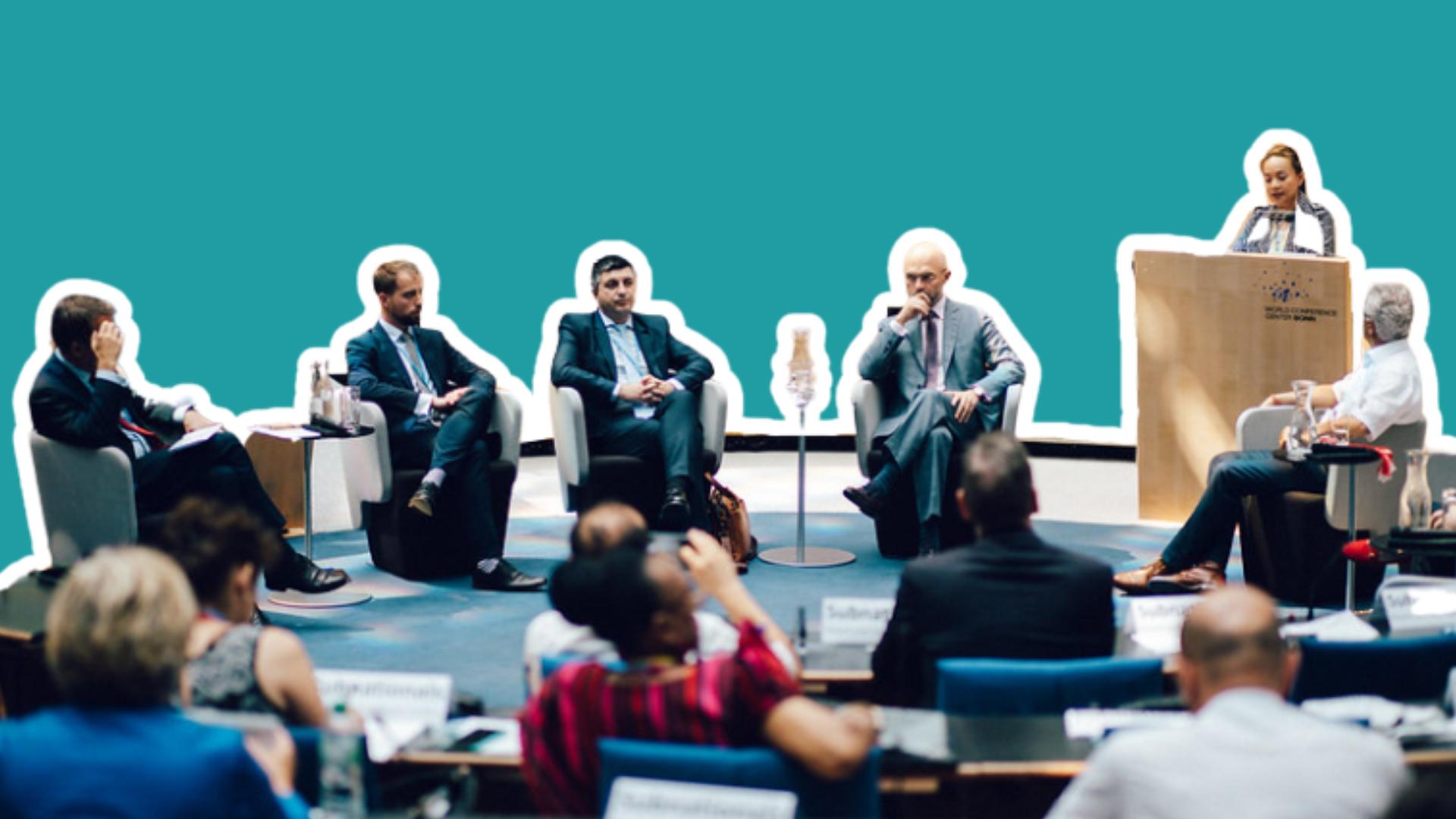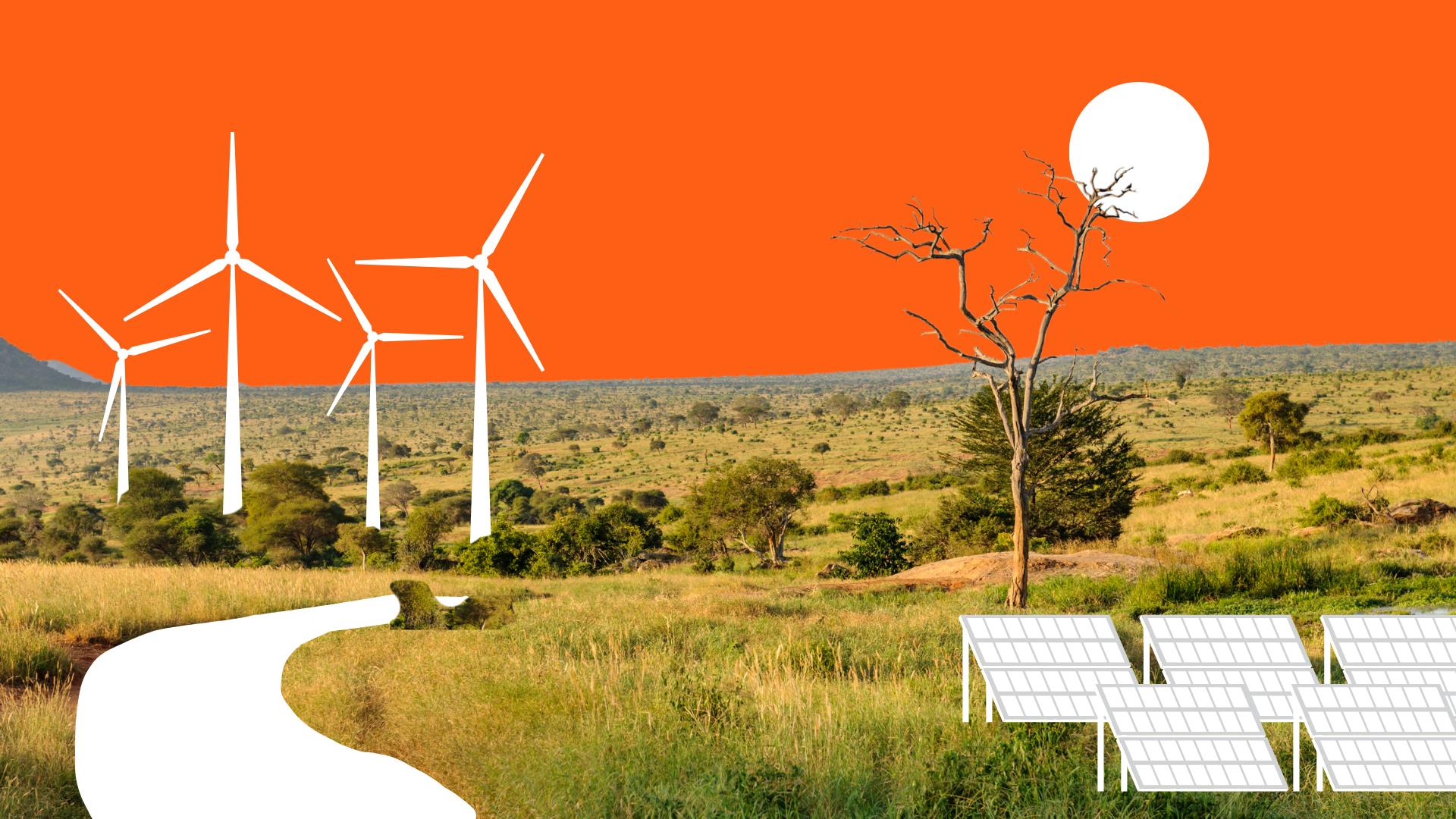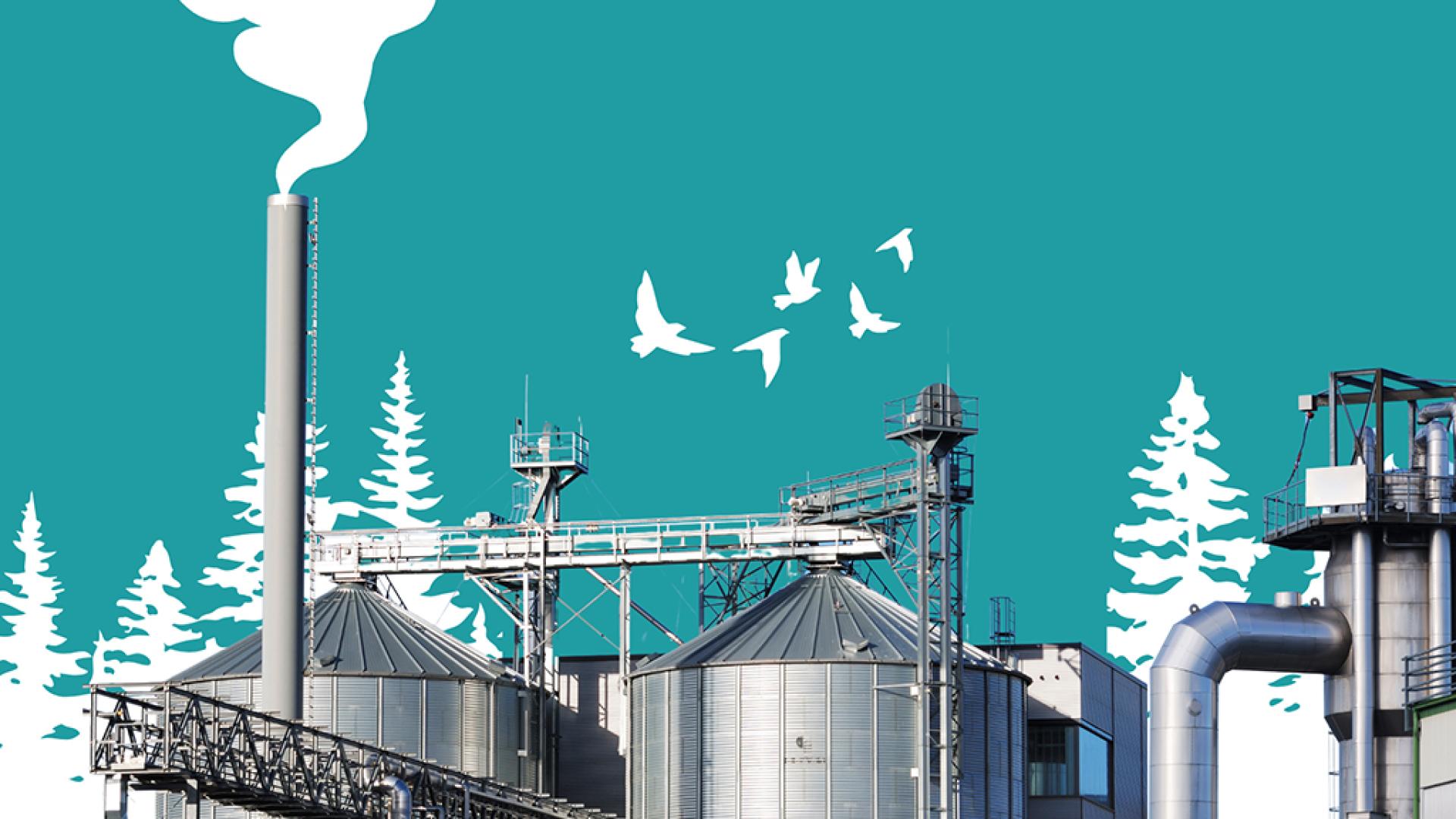Everyone’s talking about climate solutions. But what exactly makes something a climate solution? Who figures out if it’s truly a solution, and how?
In this Drawdown Ignite presentation, Senior Scientist for the Built Environment Amanda D. Smith, Ph.D., explained how Project Drawdown evaluates technologies and practices that have the potential to be global climate solutions. She also introduced the evidence-based framework we have developed to identify proven climate solutions and quantify their potential for turning the tide on climate change and gave a sneak peek of what to expect when Project Drawdown releases our new climate solutions resources next year.
Top Takeaways:
- Climate solutions must first and foremost materially reduce the concentration of greenhouse gases and other warming agents – carbon dioxide, methane, nitrous oxide, fluorinated gases, black carbon – in the atmosphere.
- Project Drawdown defines global climate solutions as identifiable technologies or practices that:
- materially reduce the concentration of greenhouse gases in the atmosphere by cutting emissions at the source or removing them from the atmosphere by supporting carbon sinks
- are readily available today and have a proven ability to reduce greenhouse gases
- reduce greenhouse gases on the global scale necessary to actually impact climate change.
- Anything that claims to be a solution cannot:
- be technologies that are currently unproven and unavailable
- increase emissions elsewhere or shift them to a different sector so that the result of adopting the solution is no longer a net reduction in emissions
- make the world a worse place by increasing inequity and environmental harm
- accelerate another planetary crisis, such as water loss, pollution, or biodiversity loss.




